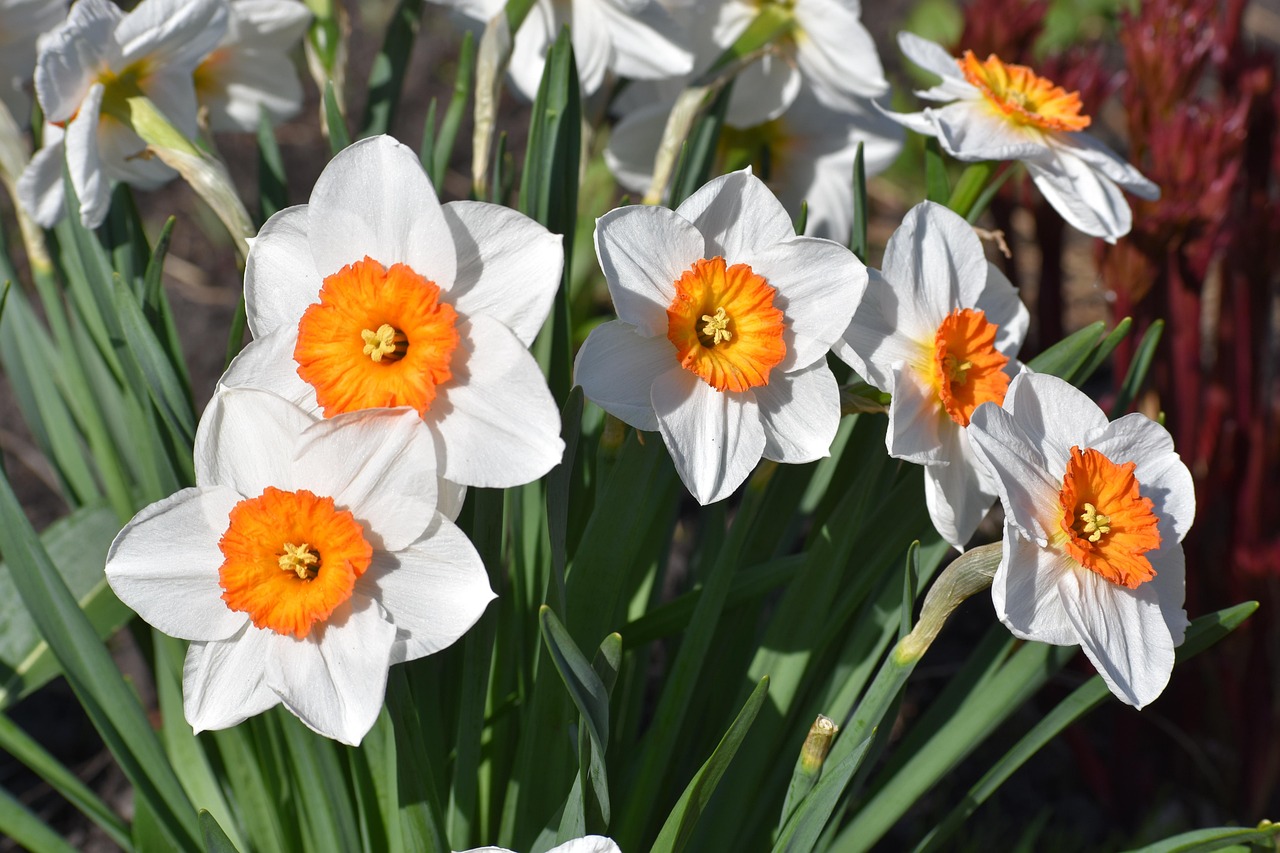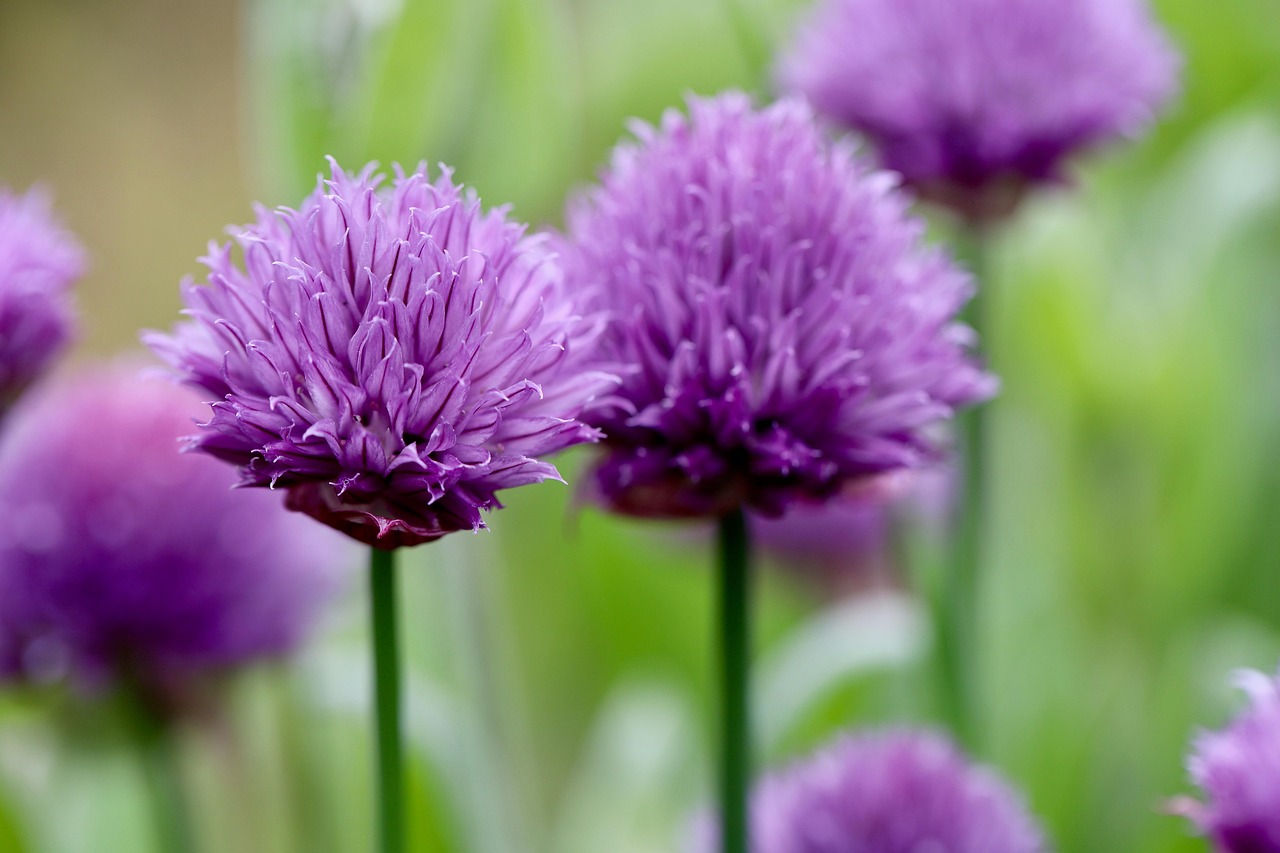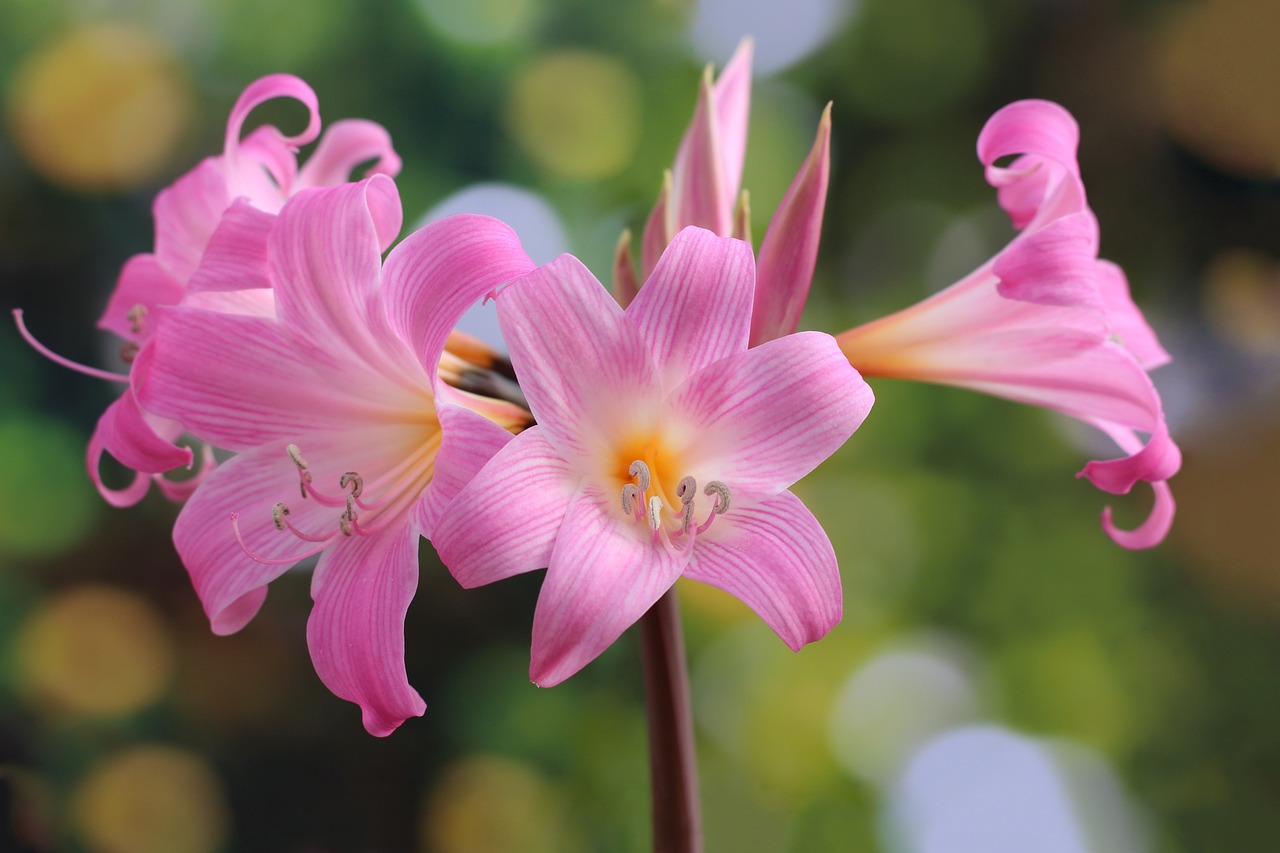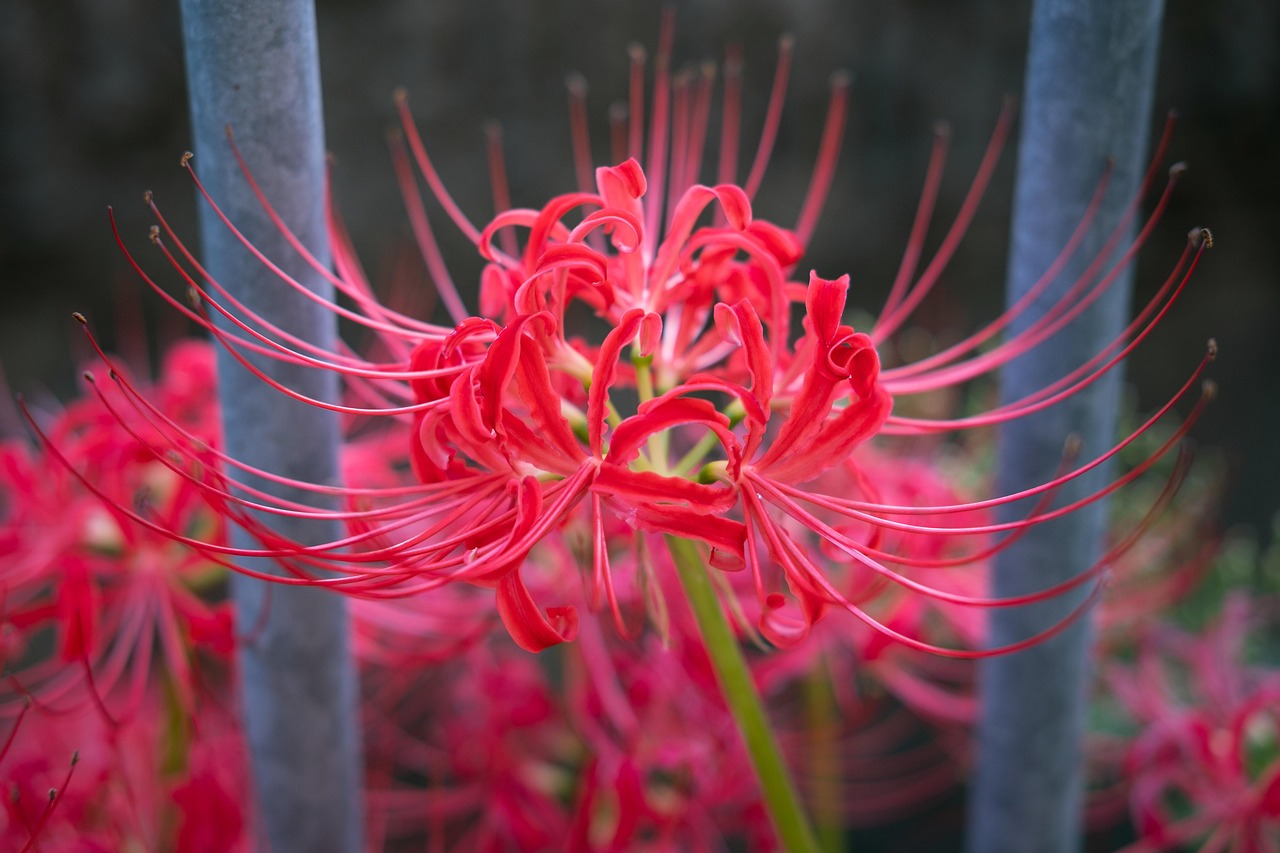Pancratium | A Pure White Flower Reminiscent of Ancient Greece
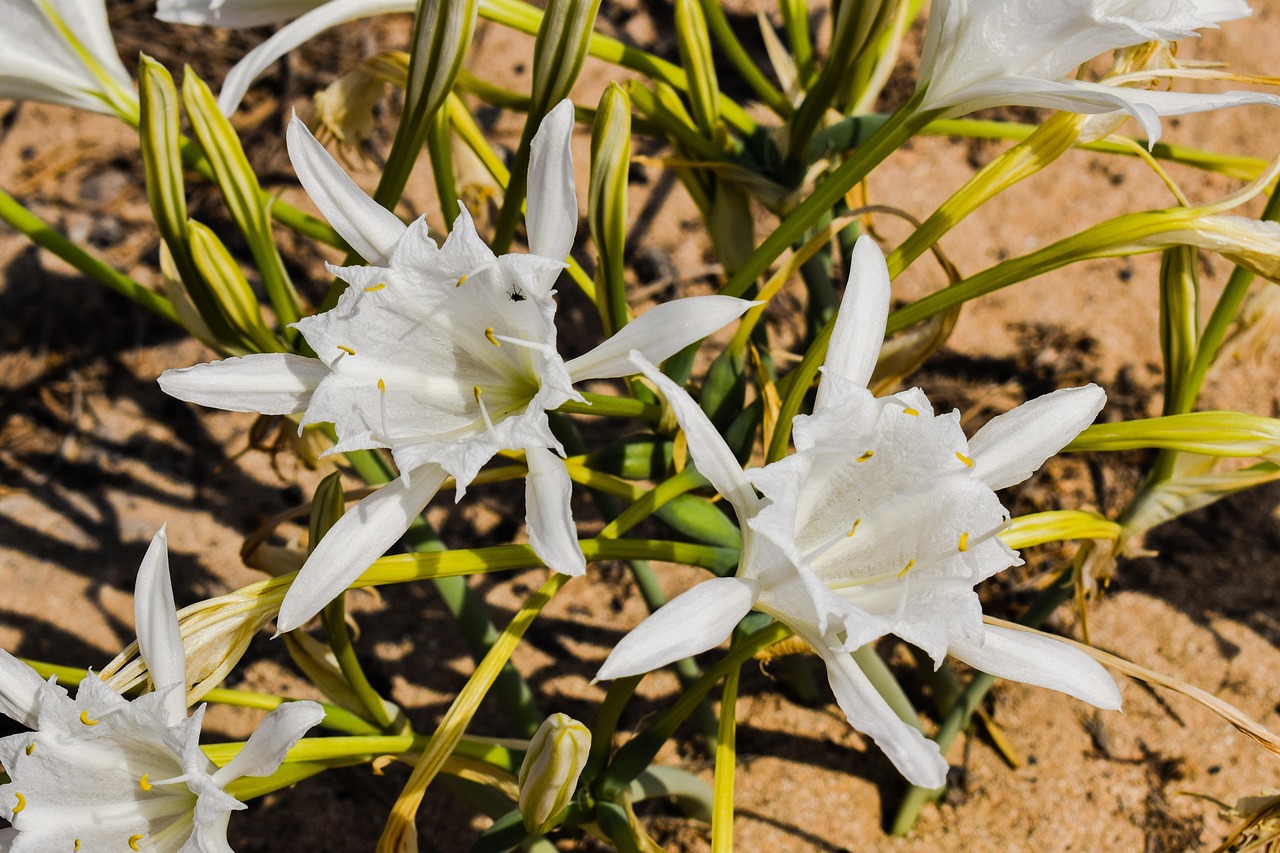
Pancratium is a bulbous plant that produces elegant white blossoms, admired for its unique flower shape and sweet fragrance. Its name, derived from Greek meaning “all strength,” reflects its long-standing presence since antiquity.
In this article, I will provide detailed information about Pancratium, including its basic characteristics, cultural and historical significance, and tips for cultivation.
Basic Information
- Scientific name: Pancratium spp.
- Family: Amaryllidaceae
- Origin: Mediterranean coast, Western Asia, Indian subcontinent
- Appearance: Long, narrow leaves and delicate, lily-like white flowers. The crown-shaped corona at the center of the petals adds an impression of elegance.
- Blooming season: From summer to autumn, releasing a sweet fragrance during the night.
Cultural Significance Around the World
Thanks to its pure and graceful appearance, Pancratium has been regarded as sacred in many cultures.
In the Mediterranean region, particularly in ancient Greece and Rome, it was planted around temples and sanctuaries as an offering to the gods. The white blossoms were considered symbols of purity and divine mystery, making them suitable for holy places.
In India, Pancratium has been offered in Hindu religious rituals, often planted in temple gardens to create a sacred atmosphere.
In North Africa and the Middle East, its ability to bloom strongly even in arid conditions has made it a symbol of vitality and rebirth.
Historical Episodes
Pancratium has been known since ancient Greece and frequently appeared in poetry and works of art.
Wall paintings from the Minoan civilization on Crete depict the flower, suggesting its use for decoration and religious purposes at that time.
During the Roman era, it was commonly grown in gardens and public spaces, appreciated for its fragrance that spread through the night. Roman poets often praised its beauty under the moonlight, making it a recurring motif in their verses.
By the 19th century, European botanists conducted detailed studies, classifying multiple varieties. In Britain and France, greenhouse cultivation became especially popular, and the flower was cherished as an elegant addition to aristocratic gardens.
Gardening Advice
Pancratium will bloom beautifully year after year if grown in the right environment. Keep the following points in mind:
Sunlight
Prefers bright locations. It can grow in partial shade, but sufficient sunlight encourages flowering.
Watering
During the growing season, water generously when the soil dries. During dormancy, reduce watering to prevent root rot.
Soil
Well-drained sandy soil is ideal. Mixing in leaf mold makes the soil lighter and more suitable.
Fertilizer
Apply liquid fertilizer about once a month during the growing season. Avoid over-fertilization.
Cold tolerance
In cooler climates, grow in pots and bring indoors during winter. Protect from frost.
Conclusion
Pancratium has been cherished as a sacred flower since ancient Greece and Rome, adorning temples and gardens. In India, it has been used in religious rituals, while in Africa and the Middle East, it has symbolized vitality and rebirth.
Its white blossoms release a sweet fragrance at night and were once celebrated in poetry and art.
With proper care, Pancratium can bloom each year, making it a rewarding plant for gardening enthusiasts.


